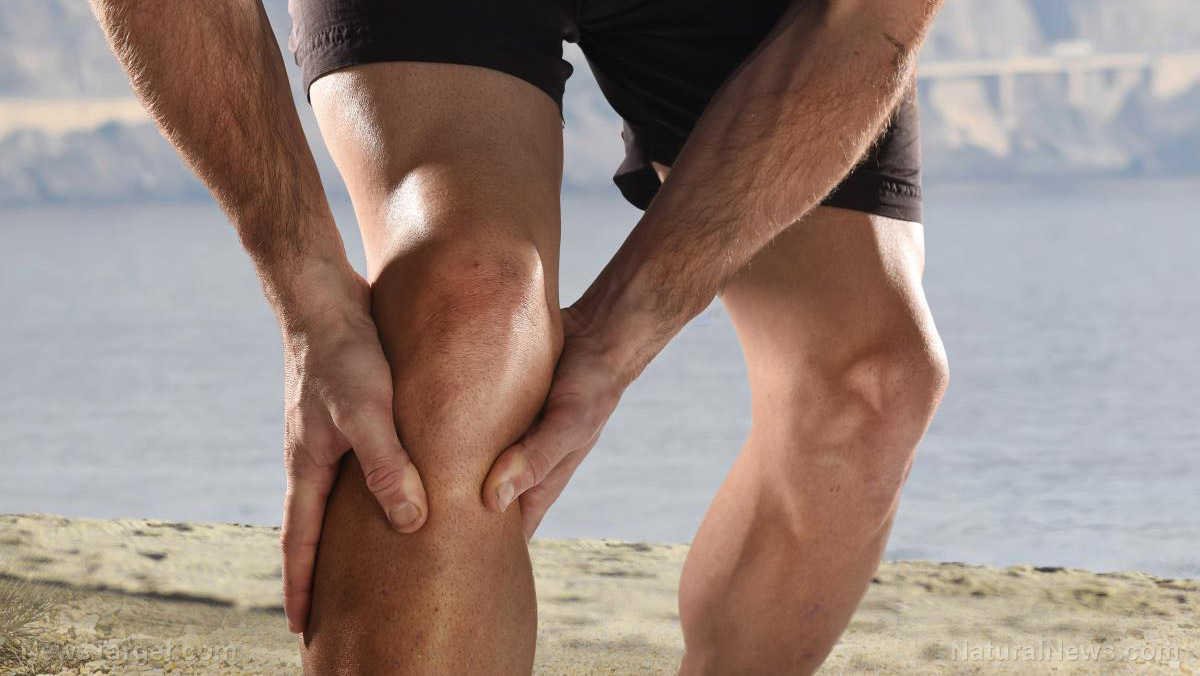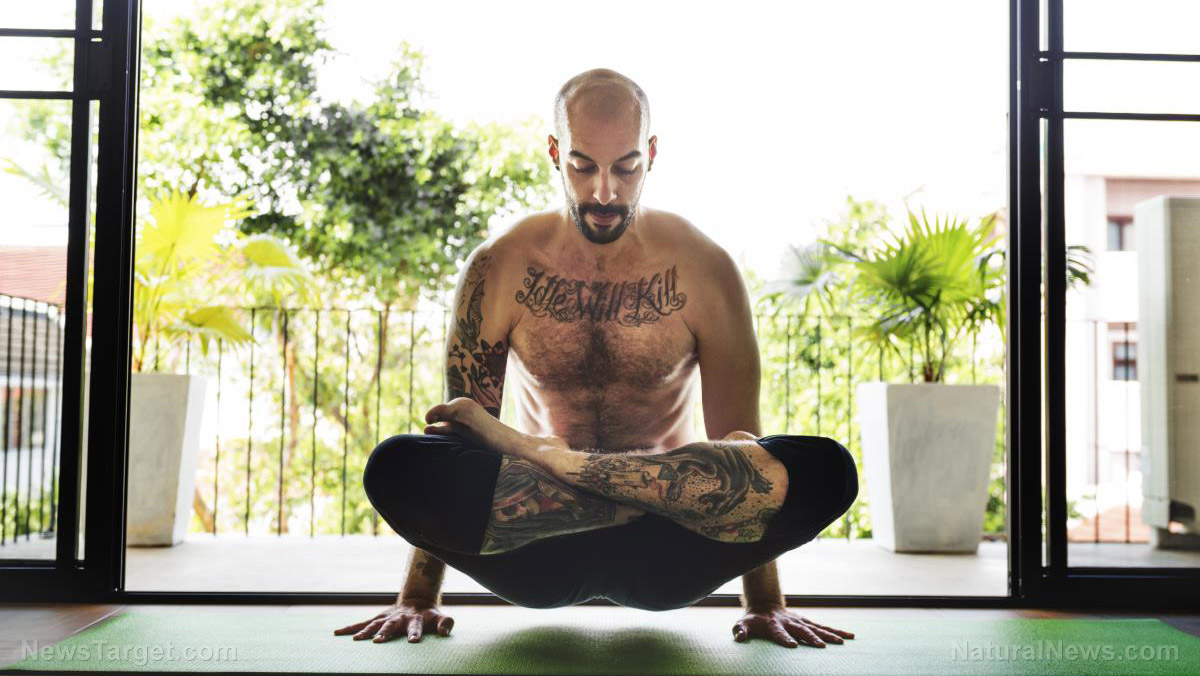Find relief from sciatica and lower back pain with these simple exercises
01/06/2017 / By Amy Goodrich

Sciatic nerve and lower back pain are common ailments and can significantly affect everyday life. The pain can be so excruciating and debilitating that it’s hard even to make it out of bed. The sciatic nerve is a large nerve in the body that runs down the spine and branches off down the legs. The problem starts in the lower spine and spreads downward which can cause sharp shocks, numbness or tingling in the legs. Globally, about one out of ten people suffers from lower back pain.
Common causes of sciatica and lower back pain include a ruptured disk, a narrowing of the spine canal called spinal stenosis, injuries, accidents, heavy lifting, sports, and stress. While most sciatica sufferers turn to pain-relieving medications or even surgery to correct the problem, studies have shown that less invasive, natural treatments can be as effective without adding harmful side-effects.
Physical therapy, chiropractor adjustments, and stretching can all significantly improve someone’s condition. One study published in The Spine Journal found that those who received chiropractic adjustments experienced less local pain, fewer number of days with pain, and fewer cases of moderate or severe pain.
According to Dr. Mark Kovacs, a certified strength and conditioning specialist, the best way to alleviate most sciatic nerve pain is to do any stretch exercise that can externally rotate the hip. Below you’ll find some of the best exercises to help you out.
Piriformis stretches
The piriformis muscle is a deep muscle located beneath the butt muscles. In some occasions, the piriformis muscle may compress the sciatic nerve. Stretching and strengthening the piriformis muscle has been found to alleviate sciatic nerve pain. Simple piriformis muscle stretches include sitting crossed-legged, piriformis chair or seated hip stretch, and lying piriformis stretch.
Advanced piriformis stretch or Pigeon pose
Pigeon pose is a famous hip opening yoga pose. Since there are many variations of this yoga stretch, Health Line recommends trying the reclining pigeon pose if you are just starting your treatment. Once you’ve mastered the pose without experiencing any pain, you can work your way up to the more challenging variations.
Self-trigger point therapy using a tennis ball or foam roller
A tennis ball (or foam roller) is a cheap massage tool that is most useful in the treatment of the muscles of the back and the hips. Simply lie on a tennis ball and gently apply pressure on the deep, aching sore points of your back and wait for the sensation to fade.
A physical therapist may help you on the way if you are not sure how to properly execute these exercises. Corina Martinez, a physical therapist at Duke Sports Medicine Center and a member of the American Medical Society for Sports Medicine, said that there is no one-size-fits-all exercise plan for people suffering from sciatic nerve or back pain. Know your limits and see what works for you.
“Don’t think that because of what you see on YouTube or TV that you can get into these positions,” Dr. Mark Kovacs said.
Other natural treatments to relief lower back or sciatic nerve pain include acupuncture, aromatherapeutic massages, chiropractic care, yoga, tai chi, and pilates.
Sources:
Tagged Under: back pain, chronic pain, lower back pain, pain relief, Sciatic nerve pain, sciatica, stretches, Yoga













